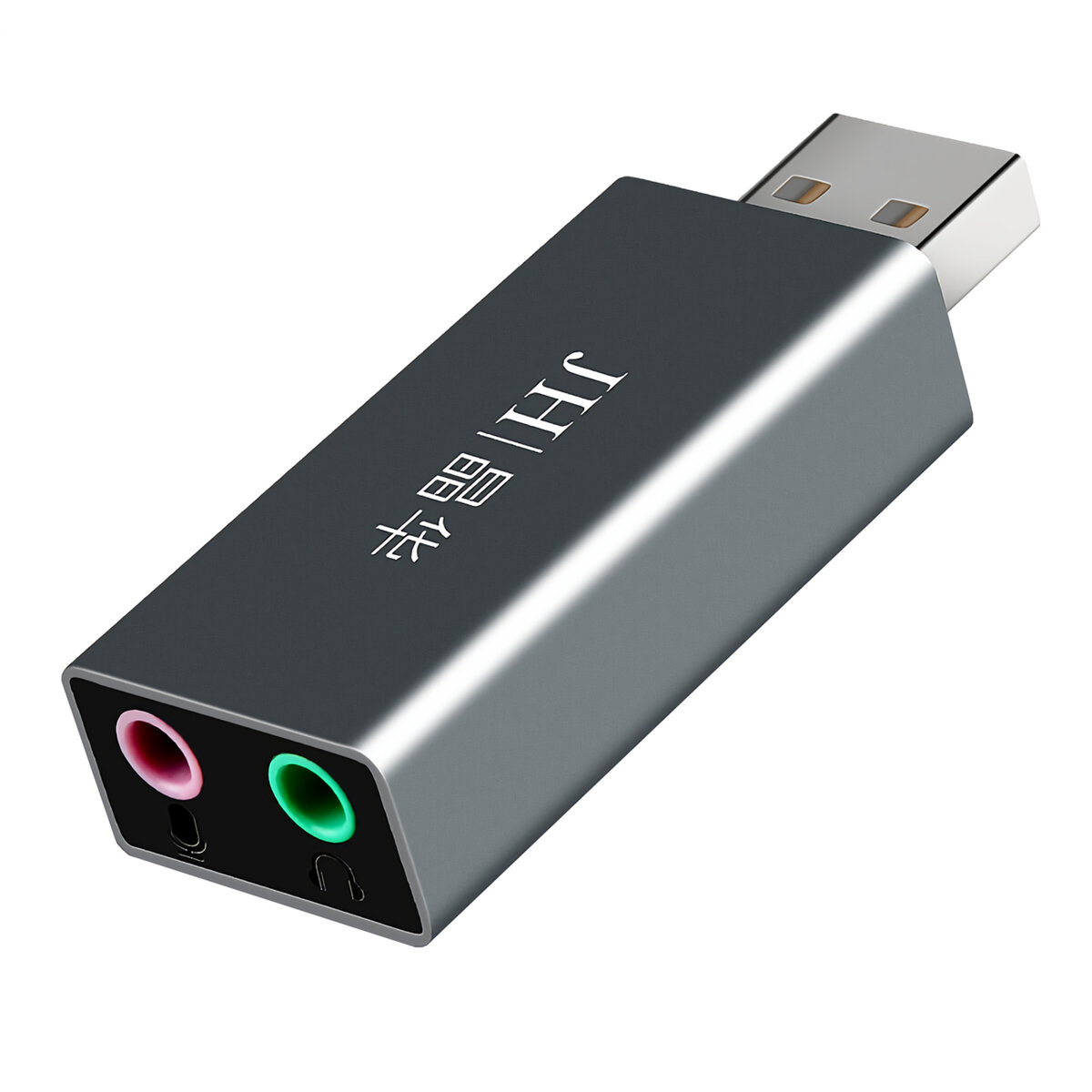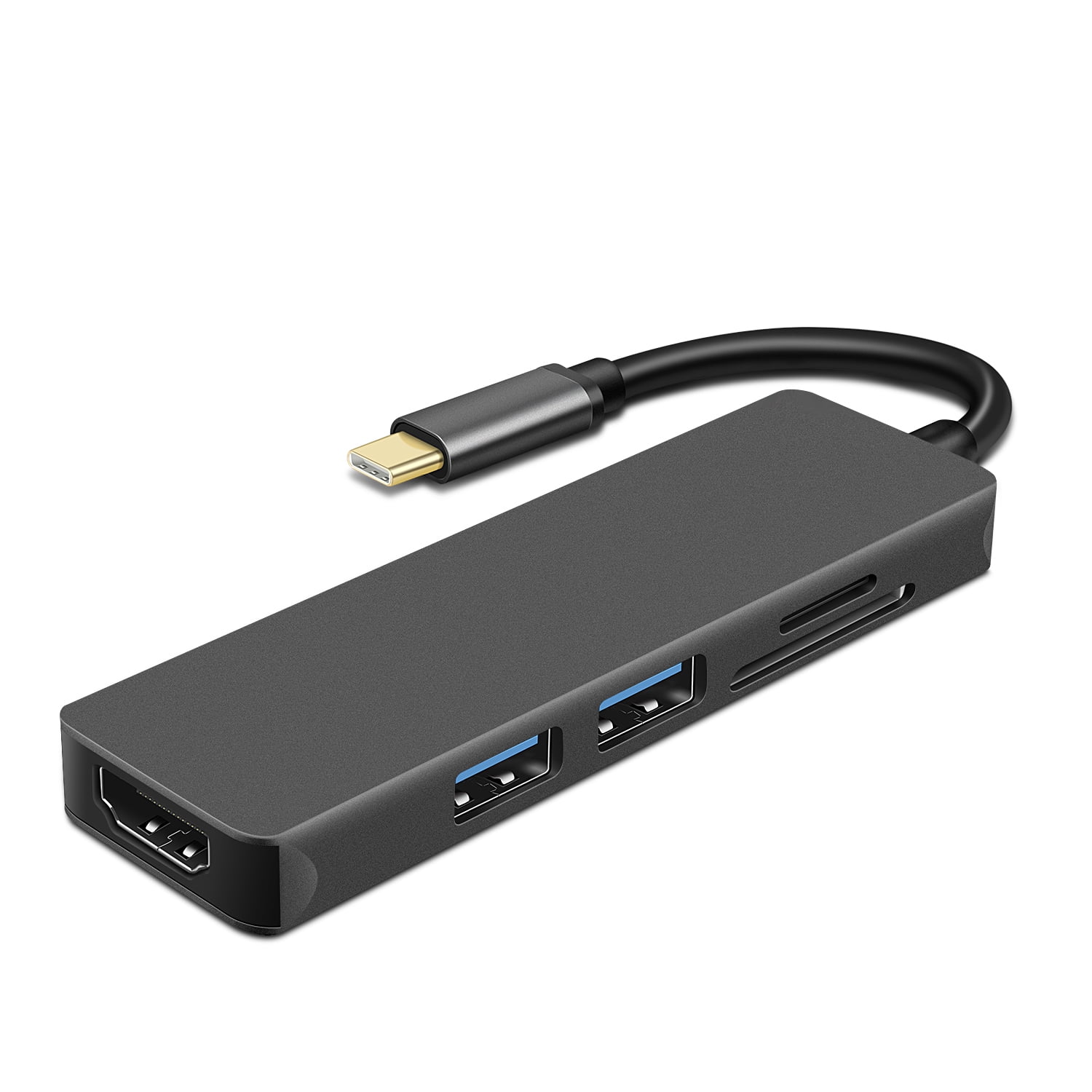


Mac to pc usb serial#
Such cables can act in a network emulation mode or serial emulation mode but both systems need to use the same mode for a connection to be established. Ubuntu sees the cable as an Ethernet adapter but the macOS computer sees it as a serial adapter. It's this configuration difficulty that I've run into.
Mac to pc usb driver#
There's the much faster USB 3.x cables, which can transfer date at gigabit speeds, but may leave the user with driver and configuration difficulty. There's the USB 2.0 version which is widely supported but limited to 480 Mbps speeds. Be aware that there are two kinds of such cables. With some effort such cables should work well, I have not put in the required effort just yet.
Mac to pc usb windows#
Such cables are called "easy transfer" cables (named after the Windows utility by that name) or "LapLink" cables (after a popular manufacturer of such cables) or just "USB transfer cable". I have tried file transfers between Ubuntu and macOS using an active USB transfer cable without success. If the drive is encrypted then target disk mode may not be helpful in transferring files with anything other than another macOS computer. Read and write access might be slightly more difficult. As I recall it should be trivial to mount and read an unencrypted macOS drive as this is something included in most Linux distributions or is easily installed.
Mac to pc usb mac#
Depending on how the Mac is setup the drive could be formatted in a number of different file systems, could have multiple partitions (for dual boot with Boot Camp as an example), and could be encrypted. That solves the problem of making the connection but not of getting the Ubuntu host computer to read and write the Mac drive. This may suggest that USB target disk mode is no longer supported by Apple but that does not mean it doesn't work, it does work because I used it. I also recall seeing Apple list USB as a supported means to use target disk mode in older support documents. The Apple support pages will claim it only works with Thunderbolt and FireWire but I have successfully used USB transfers between two Mac laptops using a common USB-C male to USB-A male cable. Apple has support pages on this, and other tech sites cover this option as well. One means to transfer files to and from most newer Macs by USB is with target disk mode. I realize that this question was asked years ago but I'll answer in case someone has the same question and finds this thread. You can find more information about difficulties using USB in this way by checking out this explanation, or look at a more hopeful explanation that this is possible by using TCP/IP over USB. Is there a reason both of these machines couldn't be hooked up to a router/switch so that you could use SAMBA, or other data-transferring programs? How often do you intend to need to do this? Do you actually have a Standard A to Standard A USB cable? Unfortunately, it is unlikely that you can remove the HDD from the Apple product.

You can buy special SATA to USB cables or self-powered devices to make this easier. Once you establish a network, you can use programs such as rsync, sshfs, scp or even samba to share files between the computers.Īnother solution, especially when dealing with raw data (vs files), or a lot of data, would be for you to remove the HDD from one machine, and connect it to the other machine. While it may be obvious, the speed of the transfer will be limited by the speed of the network speed, so you should try to use wire connections if possible. A lot of the time a router is involved, but you can create a network between two machines in the same way, using WiFi or crossover cables. Refer to the following message from Ubuntu's mailing list if you want to learn more.Typically, data is transferred between computers using a network, such as your LAN. Warning: The driver descriptor says the physical block size is 2048 bytes, but Linux says it is 512 bytes.Īll these warnings are safe to ignore, and your drive should be able to boot without any problems. Try making a fresh table, and using Parted's rescue feature to recover partitions. Is this a GPT partition table? Both the primary and backup GPT tables are corrupt. Or perhaps you deleted the GPT table, and are now using an msdos partition table. Perhaps it was corrupted - possibly by a program that doesn't understand GPT partition tables. However, it does not have a valid fake msdos partition table, as it should. dev/xxx contains GPT signatures, indicating that it has a GPT table. Ubuntu images (and potentially some other related GNU/Linux distributions) have a peculiar format that allows the image to boot without any further modification from both CDs and USB drives.Ī consequence of this enhancement is that some programs, like parted get confused about the drive's format and partition table, printing warnings such as:


 0 kommentar(er)
0 kommentar(er)
